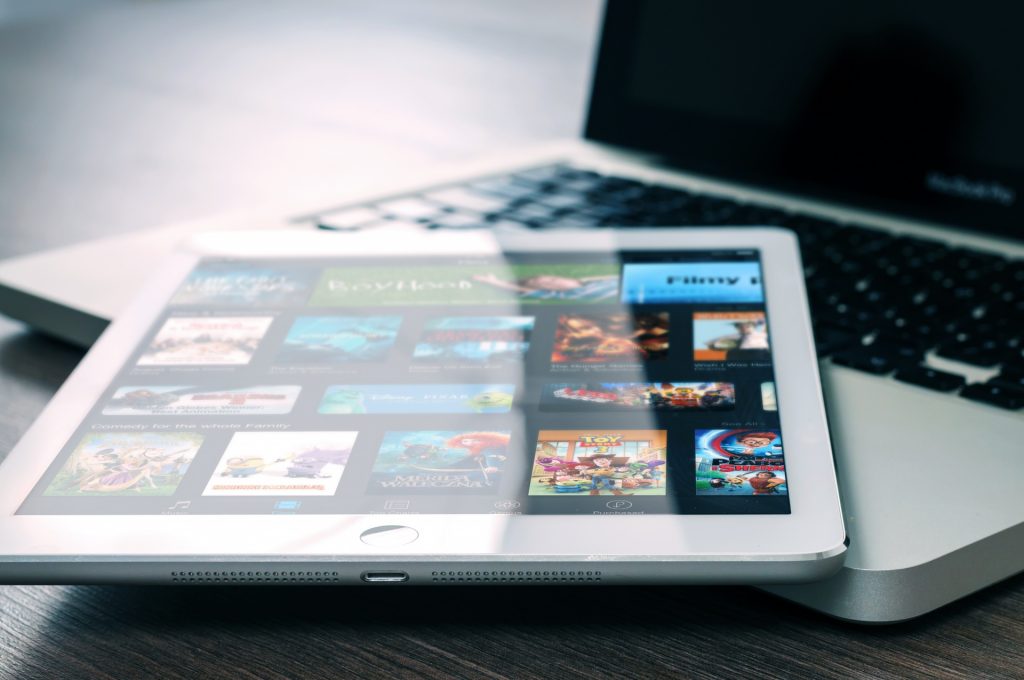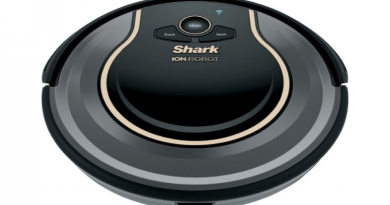The tech trends from the last decade that we can’t live without in 2020
The tech sectors are ones that thrive on trends, and what’s hot one month or year doesn’t always stay that way for long. There are some technology trends, however, that come to define and shape the industry across multiple generations. As much as some trends will fall by the wayside, some will stick around, particularly those trends that have come to the forefront since the turn of the 21st century.
Now that we’re in a brand new decade, technological advancement is moving at a very swift pace indeed, but there are still those key tech trends from the last decade that we just can’t live without.
4G Technology
5G is a hot button topic at the moment, with even tech insiders believing that it’s overhyped and unnecessary. Whether or not the world will collectively take the 5G leap this decade remains to be seen, but there’s no doubting the lasting impact of 4G, 2011’s predecessor.
Both HTC and Sprint lay claim to being the first manufacturers to harness the power of 4G with the Thunderbolt and HTC Evo 4G respectively, and while the jury’s still out since some argue the HTC Evo used WiMax tech, it was still one of the biggest tech developments of the century, let alone decade. Suddenly, smartphones were working at maximum capacity and everything from using real-time apps to hotspot tethering was possible, all through a pocket-sized screen.
Mobile Apps
Speaking of apps, less than 10 years ago we were all pretty much clueless about mobile apps. Nowadays of course, apps dominate the vast majority of our online activities, even when we’re using a desktop device (thanks, Windows 10!). There are the apps we use for banking, the fully-functional mobile versions of iGaming platforms, social media apps, business and office apps…this list is endless! The continuous development of apps in some verticals has also meant that brand new industries have begun to emerge, like mobile eSports and video gaming.
Cloud Technology
In its infancy, cloud technology was drifting around in the early 2000s, but a lack of resources and education about the tech meant that it wouldn’t be adopted on a mainstream scale until a decade later.
Cloud storage and sharing platforms like DropBox and Zoho were among the early pioneers of the tech, helping to build a positive reputation by promoting its ease of use and scalability. As soon as organizations cottoned onto the benefits, suddenly the vast majority of processes and systems were launched into the cloud. According to IDC, in 2020 organizations across all industries will likely spend 60-70% of their IT spending on cloud-based infrastructure, software, and services.
Tablet Computers
Even if you’re a fully-committed Android user, the impact that Apple has had on technology since the 20th century cannot be overlooked. Macs transformed home computing, iPhones transformed the mobile phone sector, and 2010’s iPad revolutionized them both by bringing them together. Like Steve Jobs himself said during its first reveal, the iPad defines “an entirely new category of devices” connecting users and content “in a much more intimate, intuitive, and fun way”.
During the first few years of the decade, iPads seemed like an expensive accessory, then Google began launching cheaper but just as powerful versions with their Chromebooks, Lenovo with the TAB devices, and so on and so on. Tablets are now so prolific that they are the first or only computer in many households across the world. And the influence of touchscreen technology and apps has even begun to transform the more traditional laptops and keyboard centric devices.
Content Streaming
According to the latest research, people are much more likely to spend more time streaming content online or on their mobiles than they are watching televisions, and it’s all thanks to the process of “cable cutting” that began during the 2010s.
During the 00s, people were still viewing content via the old TV and cable box setup, but then “smarter” TVs began to emerge alongside streaming boxes like Apple TV and Roku. It wouldn’t be long before content streaming websites and apps began to proliferate the web, with YouTube, HBO, Hulu, Netflix etc delivering high quality content on platforms that were instantly accessible 24/7. With a whole library of digital content at their fingertips, channel surfing or even using a DVR to record TV shows became an obsolete activity for many people, and you’d be hard-pressed to find someone these days who will go through a day without watching a YouTube video.






Pingback: How Healthcare Is Changing. - Night Helper